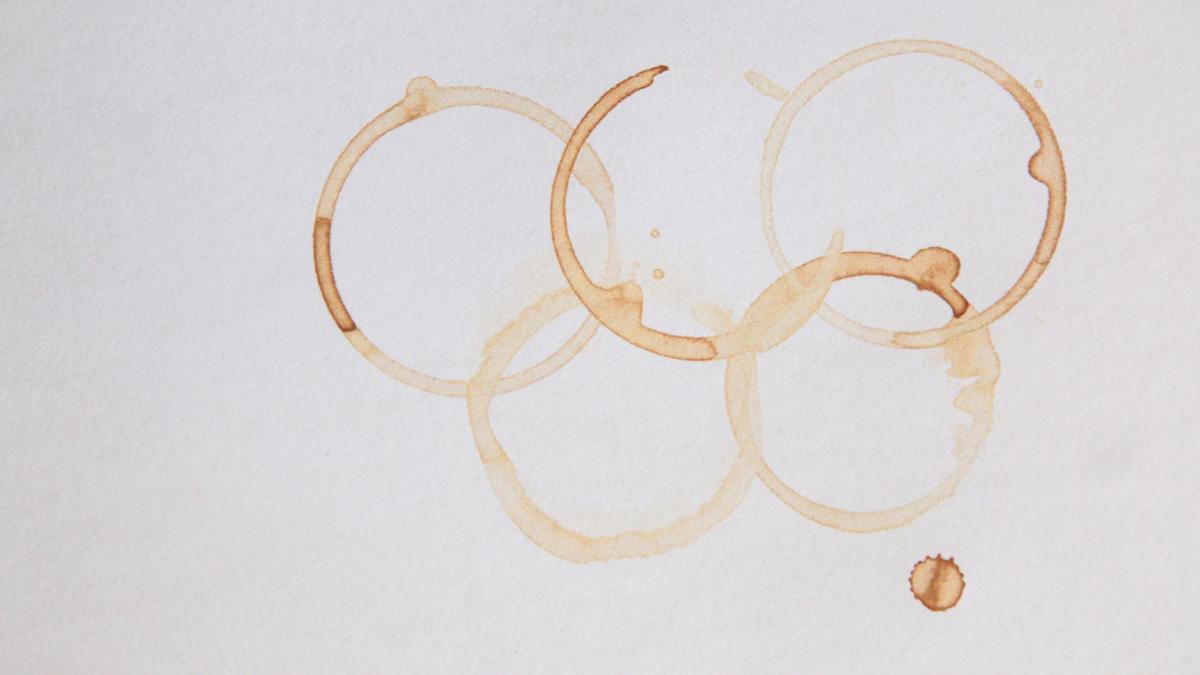The pattern arises from how the drop evaporates and how coffee particles move.
| Photo Credit: Glen Carrie/Unsplash
A: If you spill a drop of coffee on a table, you often see a dark ring with a pale centre after it dries. This pattern arises from how the drop evaporates and how coffee particles move. The edge of the drop is usually ‘pinned’ to the surface and doesn’t slide inward, and evaporation is faster at this edge than at the thicker centre.
To replace the water lost at the rim, liquid is drawn outward along the surface. This slow and steady capillary flow carries suspended coffee particles from the middle to the edge. As the water disappears, the particles are stranded there, building a dense ring. This is the coffee-ring effect.
The ring can be weakened or erased if the fluid inside circulates differently. Temperature or concentration differences can create surface-tension gradients that move particles back towards the centre. Small amounts of soap-like molecules (called surfactants), added polymers or some glycerol can change these flows, slow evaporation or liberate the edge, creating a more even stain.
Particle shape also matters: elongated grains, like small rods, can jam together and resist being swept to the rim, producing a uniform film.
Published – September 20, 2025 08:00 am IST
